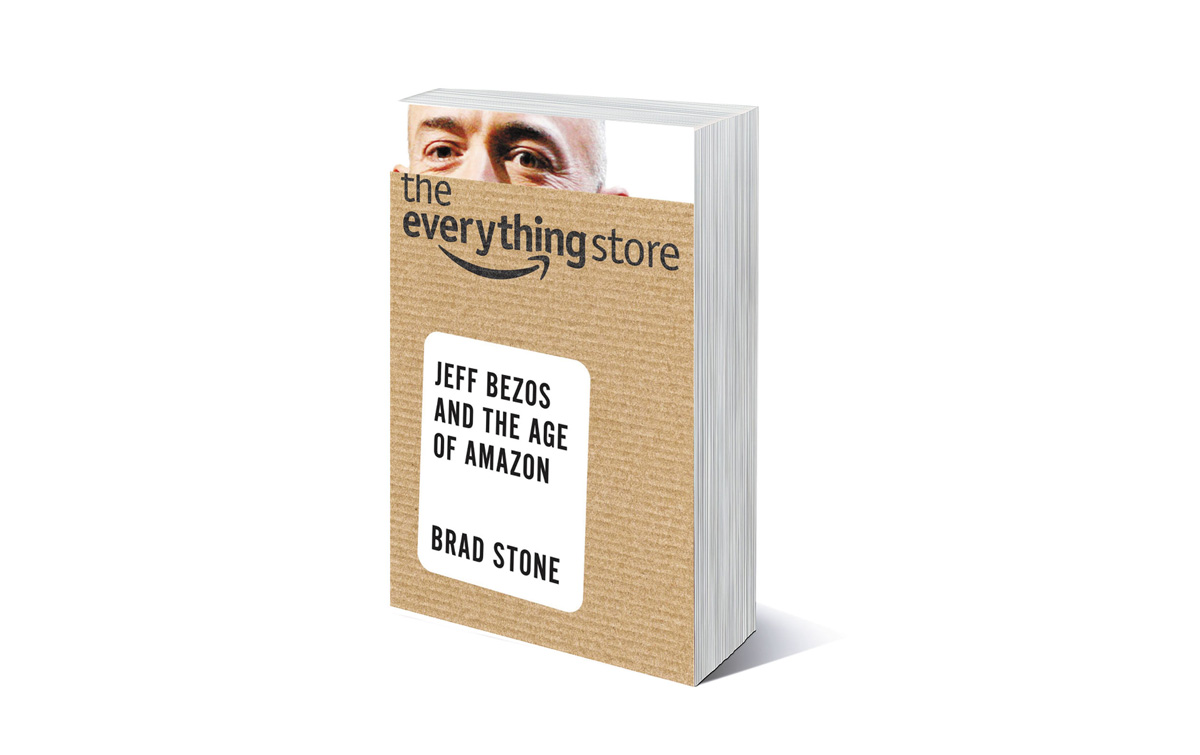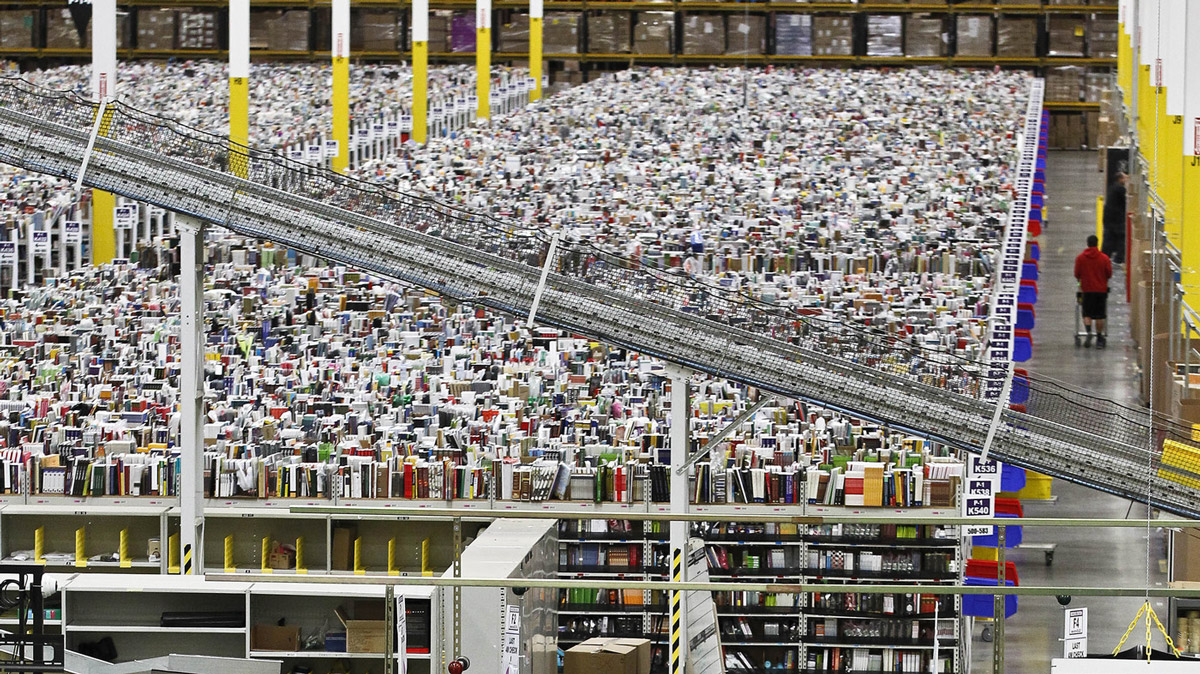I have been a customer of Amazon for decades. My loyalty to them started in the late 1990s. I used to buy books on software from Amazon USA and having it shipped to India as the latest editions were not available in India for months. The books were expensive, each book would cost US$40 or $50, a princely sum for a budding entrepreneur. I will opt for Postal Service, a delivery channel Amazon didn’t guarantee or offer tracking status, I took the risk as the international courier option would be costing me $80 or more for shipping. Normally the delivery takes about 4 weeks. With one order even after 6 weeks, I didn’t receive the parcel. I wrote to Amazon customer support, they promptly replied on these lines “We don’t guarantee delivery with Postal Service. Yet, you being a regular customer and eagerly awaiting for the books we will ship a new parcel with a copy of the books and this time by courier. It will all be on the house”. And I received this new parcel in a weeks time. Surprisingly after a week from that (say 8 weeks from order) I got delivery from Post Office the first parcel. I promptly wrote to Amazon asking them how do I return one set of books. They replied “We appreciate your honesty of telling us this. Please keep the second copy as our gift or if you wish, donate it to a local school/social organisation”. I can understand the commercial logic here – receiving the return books would have been an additional expense for Amazon, even then saying it so delighted me – the customer. Over the years every time I contacted either Amazon USA or Amazon India their customer support has always delighted me, I see it as a classic “Amazon” trait and the magic sauce for their success.
Having established that I admire the brand a lot, it is not surprising I was intrigued by the 2013 biography on the company titled “The Everything Store: Jeff Bezos and the Age of Amazon” written by Brad Stone. The book has been idle in my Kindle library for 2 years, I managed to read it only this week after I got my “All New Kindle” E-Reader.
Brad Stone has based the book on his extensive interviews with many of the stakeholders who were associated with Amazon over the years and his direct interviews with Jeff Bezos, though not directly for the purpose of writing the book.
Amazon’s founder “Jeff” was born to a circus performer Theodore John Jorgensen and Jacklyn Gise whose father worked at the U.S.Atomic Energy Commission. Jacklyn divorced and remarried Miguel Bezos who had arrived in Miami at the age of 16 as a Cuban Immigrant through a special program funded by U.S. government. That’s how Jeff got his surname “Bezos” in 1968 when he & Jacklyn moved to New Mexico. Then the two of them lost touch with Ted Jorgensen till the author managed to trace him to a cycle store in Phoenix Area in 2012.
Even before Amazon, Jeff Bezos had established he was super smart and was successful in his career. When he was in sixth grade he had built a battery powered contraption with mirrors that created the optical illusion of an endless tunnel. After graduating from Princeton in 1986, Bezos worked for a pair of Columbia professors who were developing a private transatlantic data network for stock trading. Then in 1992, Jeff became the Vice President at a prosperous hedge fund company D.E.Shaw & Co in New York, and he was only 28 at the time. There Jeff together with the founder David Shaw & others did pioneering work with the then-young Internet – registering the domain Deshaw.com in 1992; conceptualising a free email service years before Hotmail; online trading of stocks and finally envisioning “the everything store”, an intermediary between customers and manufacturers. It was in D.E.Shaw Jeff met his future wife MacKenzie Tuttle. After quitting D.E.Shaw, Jeff and Mackenzie set out driving with their belongings across the country before settling down in Seattle where they started Cadabra, Inc. (as Amazon was called then) in 1994.
With the hired help of Shel Kaphan, a startup veteran and Paul Davis, a British-born programmer Amazon.com website started taking its name and shape in October 1994. Meanwhile, Jeff was taking courses on bookselling, books being the category that will be sold from the e-commerce site. This was also the time Jeff built the first two desks out of wood doors from Home Depot – something that has now become legendary to show how frugal Amazon can be in its operations. The very first week of Amazon, they took order for books worth $12,000 which grow to an astonishing figure of $15.7 million in the next 2 years. This “get big fast” imperative of Jeff right from the start is what that has made Amazon become a company with revenue of $135 billion in 2016. During its early years’ industry giants including Starbucks, Barnes & Noble, Walmart, Target, Costco, Circuit City had shown interest to invest or partner with Amazon. Some of them allowing the company to run their shopping sites for some time before realising how risky it had become for them.
Brad records some of Jeff’s famous dictums called Jeffisms like “We are genuinely customer-centric, we are genuinely long-term oriented and we genuinely like to invent. Most companies are not those things. They are focused on the competitor, rather than the customer.” and “Every time we hire someone, he or she should raise the bar for the next hire, so that the overall talent pool is always improving”. As a CEO, Jeff Bezos was also famous for his management styles – to have “two-pizza teams” indicating a team size that’s smaller to eat with just two pizzas; Better communication tools within an organisation is a sign of dysfunction; PowerPoint is a very imprecise communication mechanism which was replaced with documents of six-pages limit mostly styled as press releases to work customer-centric product design.
Not everything about Amazon’s journey is rosy. The company could be aggressive when it chooses so, like when it negotiates with booksellers or it’s acquisition targets like Daipers.com, or like for years when it avoided paying state sales taxes going to the extent of giving color-coded maps to its employees to indicate states they need to stay away even for travel.
As a biography, the book does a fine job covering early years of Amazon to the building of Kindle e-readers from a skunkworks team called Lab126. The author turns vague due to his lack of information from the time of Amazon’s cloud service (AWS) which has now upstaged all existing players of computing including IBM & Microsoft in no small way.
Overall, “The Everything Store” is a must read for every management student & entrepreneur and not for others.



